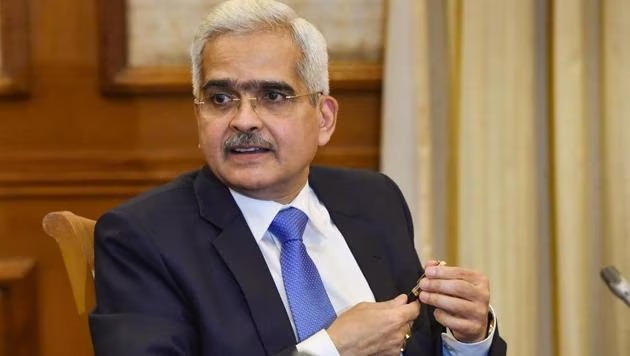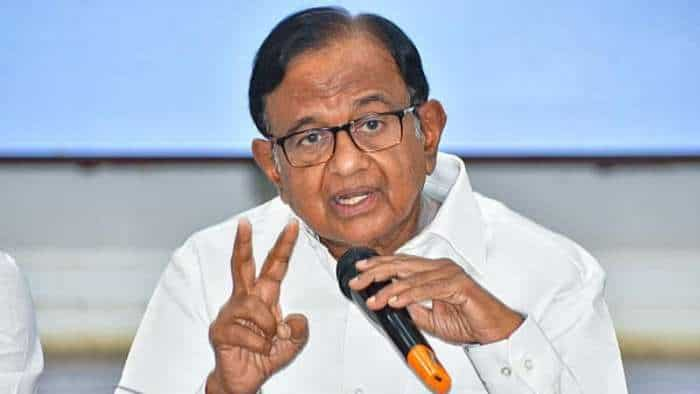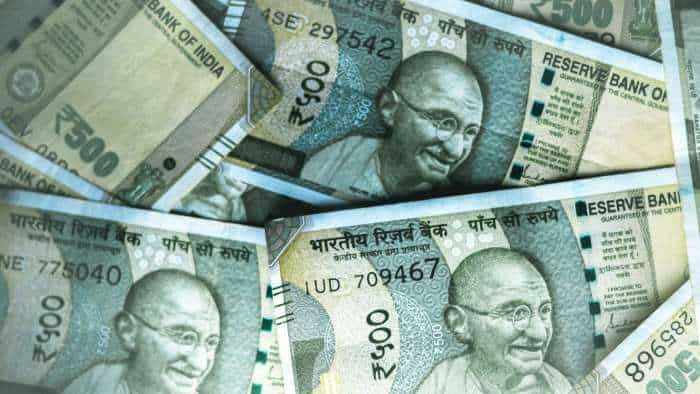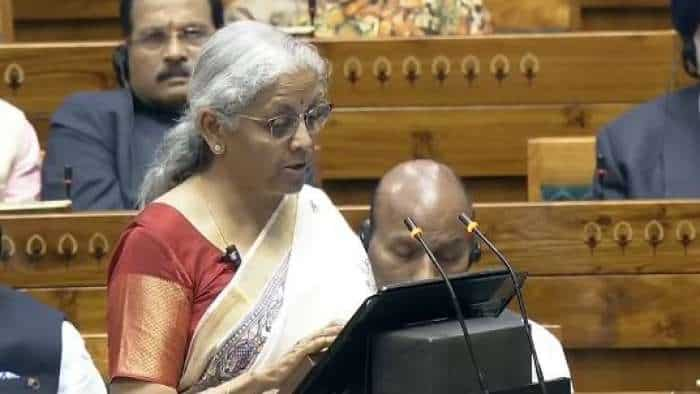RBI October MPC Review: No change in repo rate, stance revised to 'neutral', announces Shaktikanta Das
RBI Repo Rate Decision: The Reserve Bank of India Governor-led Monetary Policy Committee decides the repo rate—or the key interest rate at which the RBI lends money to commercial banks—taking into account a number of factors including consumer inflation (measured by the CPI) and GDP growth. It is the very rate that determines the interest rates commercial banks like SBI and HDFC Bank pass on to their customers.
)
RBI Repo Rate Decision: The Monetary Policy Committee, headed by RBI Governor Shaktikanta Das, on Wednesday announced a status quo on the repo rate and a revision in its policy stance to 'neutral' from 'withdrawal of accommodation'. The MPC voted 5:1 to keep the repo rate intact but the decision to revise the policy stance was unanimous, RBI Governor Shaktikanta Das said while announcing the decisions. A neutral stance allows the RBI to move on either side with rates based on domestic macroeconomic conditions.
Here are 10 things to know about the October MPC policy review:
- The MPC's decision on key benchmark rates was in line with economists' expectations while the change in stance came as a surprise for some economists. In a Zee Business poll, half the economists expected the RBI to change its stance in the October review while all of them expected no change in the benchmark rates.
- With Wednesday's announcements, the RBI has maintained a status quo on the policy rates for 10 bi-monthly reviews in a row.
- What does the 'neutral' policy stance mean? Typically, the central bank adopts this stance when both inflation and economic growth are believed to remain stable.
- The RBI maintained its full-year projection for retail inflation at 4.5 per cent. However, it revised its quarterly projections to 4.1 per cent from 4.4 per cent for Q2, to 4.8 per cent from 4.7 per cent for Q3, and to 4.2 per cent from 4.3 per cent for Q4, citing "evenly balanced" risks. The central bank aims to contain inflation at 4 per cent with lower and upper tolerance levels of 2 per cent and 6 per cent respectively.
- The RBI must remain vigilant on consumer inflation though it is closer to the target range while core inflation seems to have bottomed out, said Das. "It is with a lot of effort that the inflation horse has been brought to the stable... We have to be very careful about opening the gate as the horse may simply bolt again. We must keep the horse under tight leash," said the RBI governor. He also mentioned that the RBI expects food inflation-related pressures to ease later this financial year. Read RBI Governor's October 9 speech
-
The central bank also kept its FY25 GDP growth projection unchanged at 7.2 per cent with some tweaks in quarterly estimates. It now projects GDP expansion at 7.0 per cent in Q2 instead of the earlier 7.2 per cent, 7.4 per cent in Q3 instead of 7.3 per cent, and 7.4 per cent in Q4 instead of 7.2 per cent. The financial year began with a worse-than-expected GDP reading of 6.7 per cent growth in the first three months.
-
The RBI chief mentioned the possibility of geopolitical tensions impacting global growth with the risk of worsening inflation. Back home, the economy continues to be strong with rural growth aided by a bountiful monsoon, he said. Catch key takeaways from RBI policy review
- Most economists welcomed the policy announcements. "The policy decision wasn’t easy this time around. It was indeed tricky for the RBI to find a balance in its policy biases with so many moving pieces. The MPC had a lot to process on the domestic and external fronts... No rate action in conjunction with a stance change with stress on being 'actively disinflationary' is indeed their best bet to prep ground for start of a shallow easing cycle, possibly but not necessarily from December," said Madhavi Arora, Lead Economist at Emkay Global Financial Services.
- Does the October review impact home loan EMIs? No. Any change in the repo rate—or the key interest rate at which the RBI lends short-term funds to commercial banks—is set to impact the home loan EMIs in the country. The repo rate plays a crucial role in controlling inflation in the country. So, any revisions in the repo rate by the RBI typically is followed by banks increasing their lending rates accordingly, including home loan interest rates.
- The October review comes less than three weeks after the Fed Chair Jerome Powell-led Federal Open Market Committee (FOMC) delivered a surprise 50-basis-point reduction in the key US interest rate. However, many economists feel the US central bank may not repeat such reductions in the coming months.
Catch all the latest stock market updates here. For all other news stories in buzzing categories like technology, automobiles, personal finance, and much more, visit Zeebiz.com.
Get Latest Business News, Stock Market Updates and Videos; Check your tax outgo through Income Tax Calculator and save money through our Personal Finance coverage. Check Business Breaking News Live on Zee Business Twitter and Facebook. Subscribe on YouTube.
12:42 PM IST











 No interest rate cut in RBI's February policy review, or anytime in FY26: Axis Bank chief economist Neelkanth Mishra
No interest rate cut in RBI's February policy review, or anytime in FY26: Axis Bank chief economist Neelkanth Mishra RBI to keep repo rate unchanged at meeting next week, chances of rate cut in February increased: Report
RBI to keep repo rate unchanged at meeting next week, chances of rate cut in February increased: Report Dalal Street Week Ahead: Earnings, macro data, FII trends, global cues set to dictate market trend
Dalal Street Week Ahead: Earnings, macro data, FII trends, global cues set to dictate market trend Dalal Street Week Ahead: RBI rate decision, TCS results, FII activity, global cues set to dictate market trend
Dalal Street Week Ahead: RBI rate decision, TCS results, FII activity, global cues set to dictate market trend RBI keeps repo rate unchanged; here's how economists and industry experts view the move
RBI keeps repo rate unchanged; here's how economists and industry experts view the move